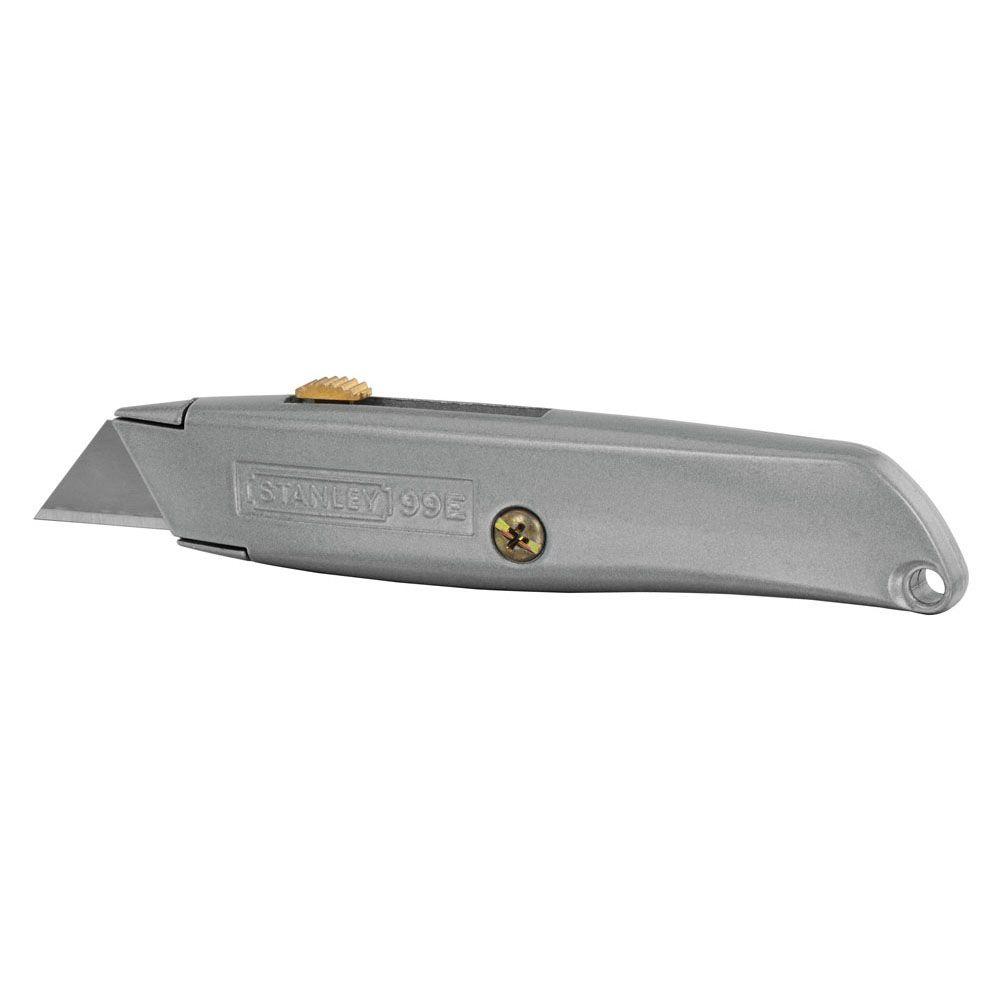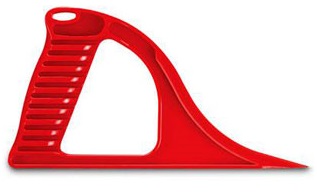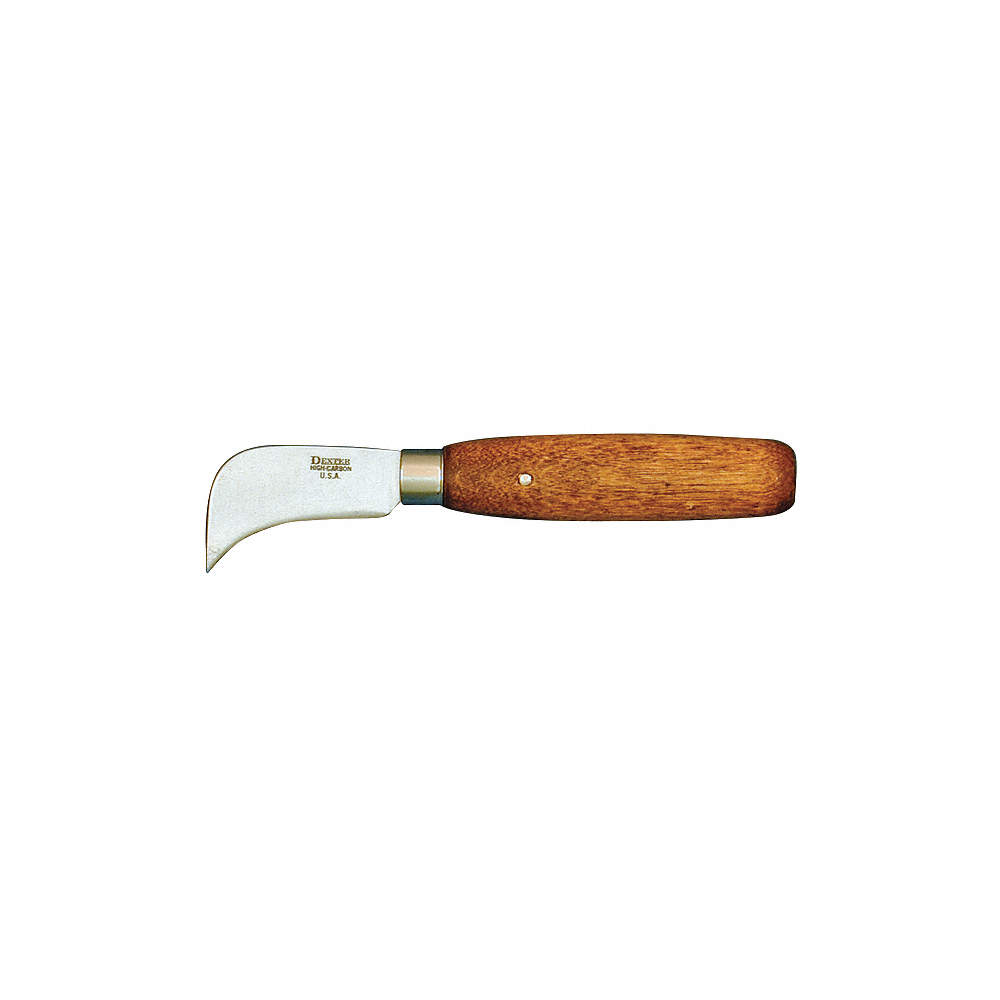When contemplating safety for jobs, do not forget preparation for routine common, but significant, tasks. Too often Job Safety Analyses (JSA) overlook one such very simple fundamental consideration- cutting tool selection. We all do cutting tasks of various types constantly, so what's the big deal? Reflect on that perspective, then consider that on most jobs everyone is in a rush to get to work; will they focus on and get safety totally right, or will they simply start work and short-cut or ignore their JSA process and assume everybody knows what they are doing, especially for some of the obvious but obscure tasks? To get it right they still need to keep their focus on their Activity Hazard Analysis (AHA) process and make sure it is sufficiently robust to consider all the risks. To help attain that, using inexpensive database driven templates from internet websites such as JSABuilder.com is a smart way to quickly guide the risk identification-mitigation process, and they can be used for creating a job safety analysis for electrical work, a JSA for welding jobs, construction, or anything else. This is a great universal solution adopted by thousands of companies everywhere. Issues, or in this case tools, that don't get included in the Job Hazard Analysis (JHA) may then default to becoming a personal choice for the workers, such as selection of their cutting tools for example. For something so common and yet fundamental, their selection will likely be conducted in a casual manner. Unfortunately, very often that really may not result in a thoughtful choice, it may become selection by reflex action based on past experience with no real thought process invested into the selection. That's because many workers simply carry some sort of a cutting device in their pocket or hung off their belt that they end up just reaching for and using because that's how they have always done simple tasks such as opening up sealed cartons for example. That tool which they simply reach for may not be the safest choice. This might be a more thoughtful conclusion if the team were to discuss safety at length including which cutting devices to use and more importantly which to avoid. Even with very disciplined teams it is a known fact that cutting tools is a topic where complacency seems to occur and unfortunately, that complacency too often translates into accidents…avoidable accidents. Once these avoidable accidents occur you can't take them back. Sounds trite but is true. It would almost always have been cheaper to go through a process and get safety right in the first place.
There is a great variety of safe cutting tools available, so teams need to invest some thought into their Job Safety Analyses to select the safest and best tools for use on their particular jobs. Just because a tool is a cutter of some sort, doesn't necessarily mean it is fit for purpose. While analyzing and determining the correct tools to use, often the analyses can provide greater value by also specifying tools to be excluded from projects or tasks to eliminate risk and misunderstandings up front. Cutting tools can be categorized into five groups based on risk. Going from the least safe to the lowest risk they are:
-
Fixed and manually retractable bladed cutters. These are the least
safe and should be avoided yet they are very common everywhere. Pocket
knives for example are a favorite with many people due to their
portability and availability.
-
Semi-automatic retractable bladed cutters. Only a slight improvement over the manual cutters. These cutters should also be avoided on work sites.

-
Fully automatic retractable bladed cutters. These are less risky than the above cutters if selected for use, but these cutters still employ an exposed blade for cutting. Exposed blade cutters are not permissible for use many places. Use care when selecting this type of cutter. For projects where they must be used, it is advisable to stop work and discuss each cutting activity before starting, to reinforce the risks and mitigation procedures to be used to safely complete the work.

-
Concealed blade cutters. These are a good alternative to open bladed cutters, but still employ blades so they often cut nicely, but can be a bit clumsy at times too. Even with the blade being concealed, care is still required.

-
Bladeless Safety Cutters. These are the safest cutters to use, assuming you can find one that is designed for the appropriate purpose. As with all cutters care is always required.

Once the proper cutter is obtained for a task, it is important to train all the workers to use the cutter in an appropriate prescribed safe manner. Details of the selection and training processes can be combined with the Job Safety Analysis to support the mitigation of the identified risk, then if the JSA has been prepared on a website, such as JSABuilder.com, it can be shared across a distributed workforce and management can potentially control/monitor those distributions. As an added benefit, where appropriate safety materials prepared for JSAs, for broader use on projects, they can also be added into health and safety plans such as those developed using templates at HASPonline.com.
If a project does require the use of a cutter, then the workers should all always use appropriate gloves for hand protection. If bladed cutters are in use, then don't just wear any gloves, but instead choose an appropriate pair of high-strength, cut-proof gloves that are designed to withstand blades. Also, if bladed cutters are used, be sure to use sharp blades shortened as much as possible and angled away from the worker's body when cutting. When not cutting, the blades should always be retracted to avoid accidental cuts or accidents. When developing Activity Hazard Analyses, all details for why specific cutters are selected should be documented. Then the details of how the selected cutters ought to be used and not used should be summarized. These details will support pre-work discussions at job sites to highlight risks and mitigations so that the team 1) can evaluate and respond if conditions have changed, and 2) is reminded to work safely. We want everybody to be able to go home at the end of each day, injury free and healthy. Give your cutter tools the respect they deserve for safety sake.
It's FREE to try out jsabuilder.com, to discover this outstanding JHA/JSA software that will help your team work safely and go home at the end of each work day without harm. Follow JSABuilder on Twitter @JSABuilder, where we tweet about Health and Safety, post Safety tips, and provide updates on current Health and Safety topics.
Images, links, brands discussed or displayed in this article are not endorsements or recommendations. They are for illustration of various products and types of products. JSABuilder does not recommend products, does not endorse products, or express any opinion as to the applicability to any given use case or job hazard.
